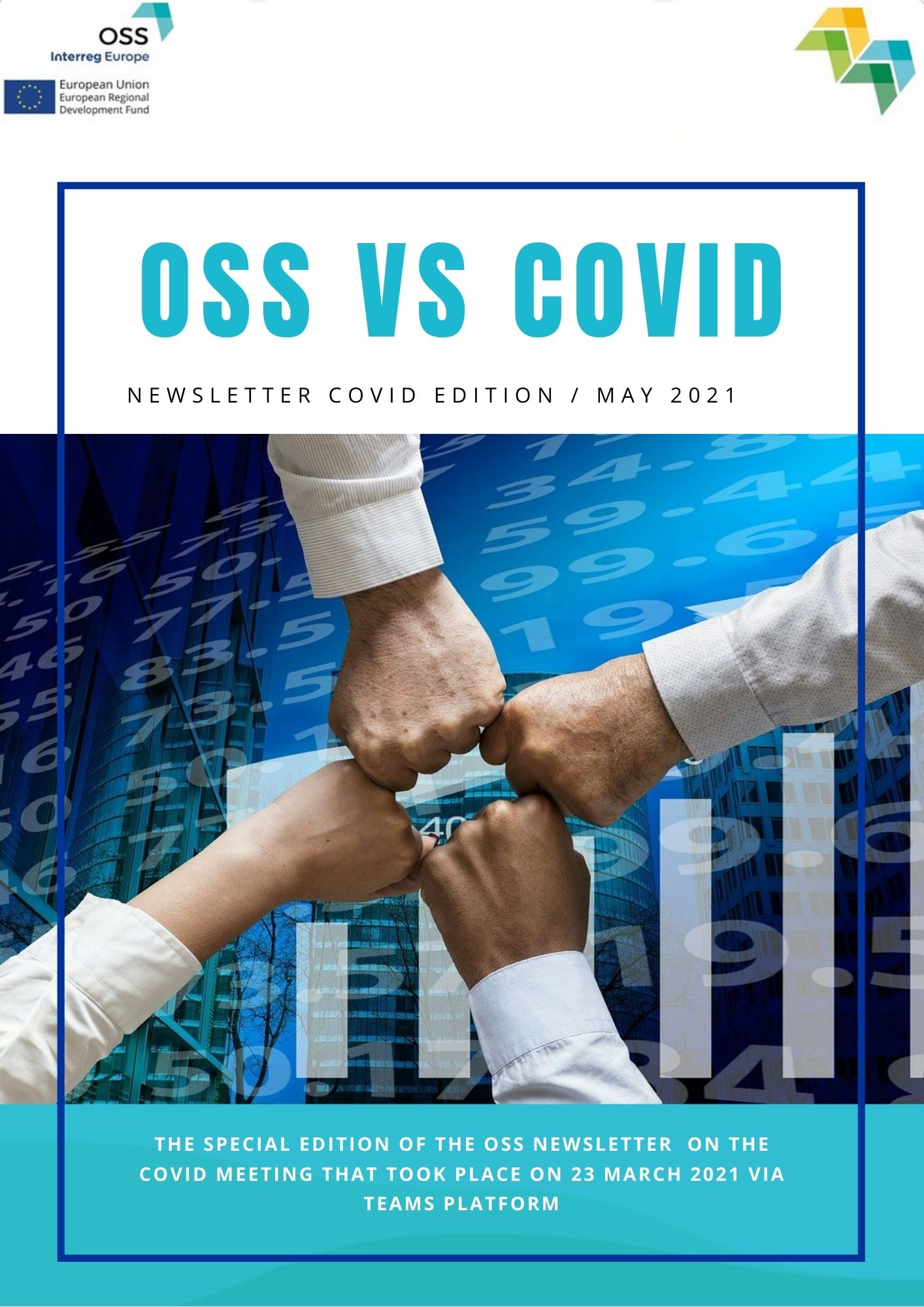In June, the week after the kick off for the OSS project in Aalesund (Norway), the first line service system hoppid.no gathered important stakeholders to address the development of the future of the start-up service in our region.
We arranged a workshop, based on the method of Design Thinking. We arranged this event at our business cluster Protomore, at their highly recommended Innovation LAB. We gathered the following group from our stakeholders; the advisors in hoppid.no, several entrepreneurs with different origin, the regional administration from hoppid.no (The County Authority) and the supplier for digital solutions in our first line service system, LEAN Business.
Two process managers from Protomore facilitated the workshop, and guided the participating stakeholders through the day.

The facilitators from Protomore
We started with an open agenda, but had one topic that the participants kept in mind through the day; “one step will lead to the next step” – how to make the first line service system more available through digital solutions.
The method for the workshop was based on Design Thinking. Design Thinking is a design methodology that provides a solution-based approach to solving problems. It’s extremely useful in tackling complex problems that are ill-defined or unknown, by understanding the human needs involved, by re-framing the problem in human-centric ways, by creating many ideas in brainstorming sessions, and by adopting a hands-on approach in prototyping and testing.
The steps of this method are:
- Empathise – Who are the customers?
- Define – What do the customer need?
- Brainstorming – Bring all ideas to the table!
- Prototyping – Make a prototype of your solution, and present it
- Test the solution – Test if this actually work
When things does not work as you planned, you go back to point 1 and 2 and so on.
When we were to empathise with the customers, we had to create our own persona, an entrepreneur with real life problems and possibilities. One group created “Ivar”, age 48, married second time, four kids amongst them, and the need to change careers because of health related problems. He has an idea how to make life easier for people with the same health issue as himself.

One of our stakeholders (entrepreneur), presents the persona "Ivar"
Then we ask, how does “Ivar” meet our first line service system? What possibilities and obstacles does “Ivar” meet? These points form a summary with bullets point. All these are possible action points for the development of the first line service system.
Then it`s time to define what the customer needs, how to get around the obstacles. This task were also solved using post-its and presentations.
 An advisor in hoppid.no, an important stakeholder explains about the needs of the persona
An advisor in hoppid.no, an important stakeholder explains about the needs of the persona
The part where the different groups starts to brainstorm ideas for solutions, that is always fun! Every group got a defined timeframe to find possible solutions to the defined obstacles and possibilities.
 Advisors, entrepreneurs and regional management work together to find good solutions
Advisors, entrepreneurs and regional management work together to find good solutions
To prototype, what the brainstorming resulted in, is both challenging and fun. This requires that you have available equipment to make actual prototypes. Our groups used cardboard, Lego, coloured sheets, scissors, tape, glue… One group even made a robot as the solution to the next generation of first line service system. The limit in prototyping lies within your own mind. Feel free to go crazy!

An example of a prototype produced by a group of stakeholders, the Robot Britt May can be your First Line Chat buddy, and answer all your questions, regarding your start-up.

A cardboard prototype showing what should be included in the digital service

A prototype by presentation
After making the prototypes, they went through easy testing, by presentations to the other groups. Discussions and feedback towards the presented solutions ended up being action points, things to consider into the ongoing development of the first line service system.
 Every stakeholder gathered around each presentation, giving feedback and created discussion.
Every stakeholder gathered around each presentation, giving feedback and created discussion.
The day proved to be productive for the work we need to do before the second workshop in Hampshire in January, focusing on digital solutions for start-up service.
Points of importance:
- Make the service more available through digital solutions , but don`t forget the face to face interaction between advisor and entrepreneur
- Possible to book meetings within the digital solution
- Create digital information based on e-learning
- Create a virtual forum for entrepreneurs - 24/7 accessible
- Make the service independent of municipalities
- A digital tool for networking
Overall, we had a good workshop together with our stakeholders, and we recommend this method for meetings with stakeholders. Due to this, we hope to make a change in policy in our first line service system, regarding digital solutions.



















